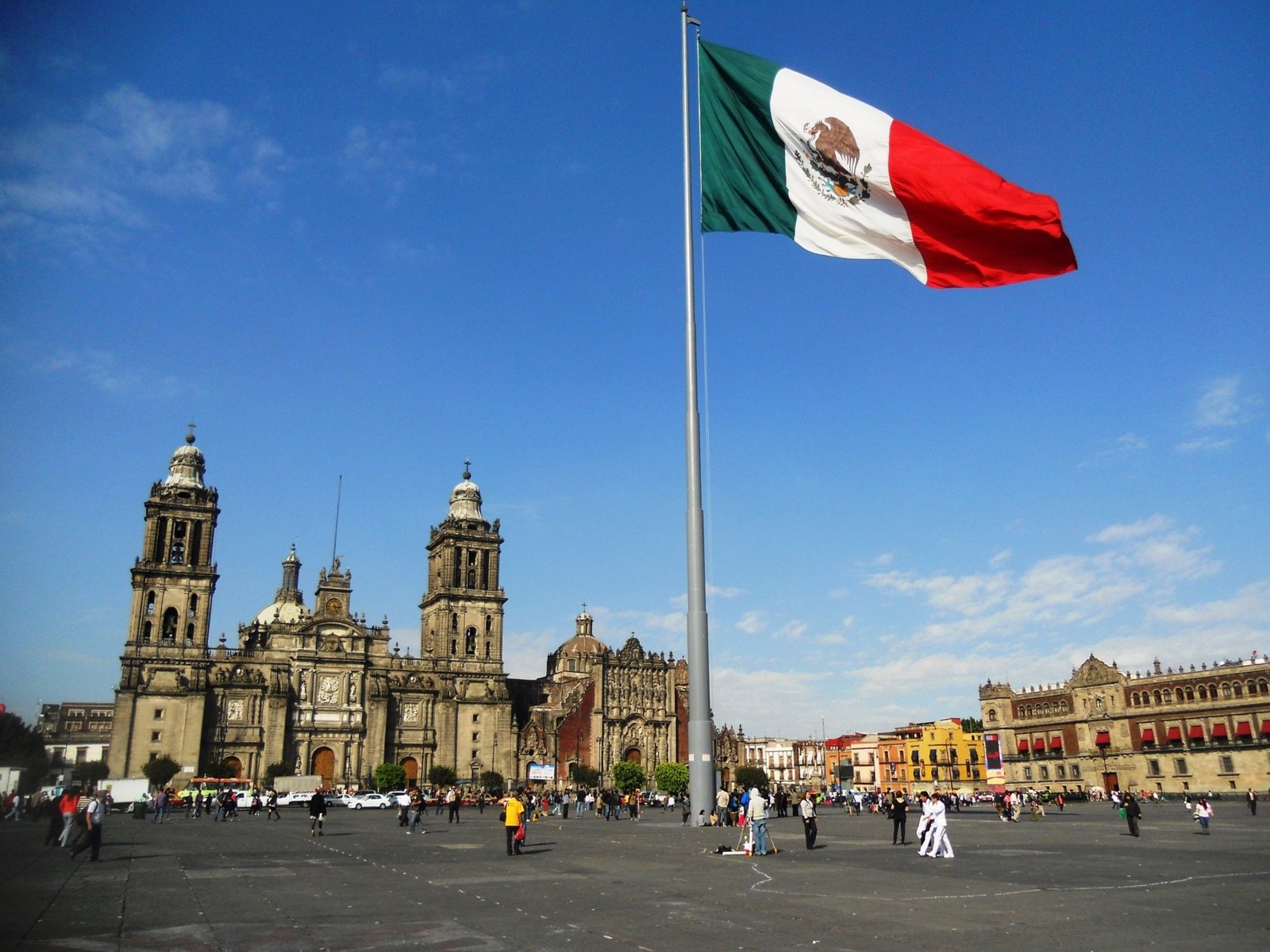Local culture: traditions and festivals
Mexico City is a melting pot of traditions and festivals. The Day of the Dead (Día de los Muertos) is one of the most significant celebrations, where locals honor their deceased loved ones with altars, marigolds, and sugar skulls. Other notable festivals include the Guelaguetza, a vibrant celebration of indigenous culture, and the Independence Day festivities on September 16th.
Sports and teams
Soccer is the most popular sport in Mexico City, with teams like Club América and Cruz Azul drawing large crowds. The city also hosts the Mexico City Marathon and has a strong baseball following with the Diablos Rojos del México.
Gastronomy: food and restaurants
Typical dishes
- Tacos al Pastor: Marinated pork tacos served with pineapple.
- Chiles en Nogada: Poblano chiles stuffed with meat and topped with walnut sauce and pomegranate seeds.
- Tamales: Corn dough filled with various ingredients, wrapped in corn husks or banana leaves.
Recommended dining areas
- Polanco: Known for its upscale restaurants and international cuisine.
- Roma: A trendy neighborhood with a mix of traditional and contemporary eateries.
- Coyoacán: Famous for its vibrant markets and street food.
Handicrafts and local shopping
Mexico City offers a plethora of shopping opportunities, from traditional markets to modern malls. La Ciudadela is a popular market for handicrafts, where you can find pottery, textiles, and jewelry. Mercado de San Juan is known for its gourmet food products, while Antara Polanco offers a high-end shopping experience.
Accommodation tips
Recommended areas
- Centro Histórico: Ideal for history buffs, close to major attractions.
- Polanco: Perfect for luxury travelers, with upscale hotels and dining.
- Condesa and Roma: Great for trendy, boutique stays with vibrant nightlife.
Types of accommodation
- Hotels: From budget-friendly options to luxury five-star hotels.
- Hostels: Affordable and social, ideal for backpackers.
- Boutique Hotels: Unique and stylish, offering personalized experiences.
Entertainment and activities
Outdoor activities
- Hiking: Explore the nearby Desierto de los Leones National Park.
- Water Sports: Head to nearby lakes for kayaking and paddleboarding.
Nightlife
Mexico City boasts a lively nightlife scene with bars, clubs, and live music venues. Zona Rosa and Condesa are popular areas for nightlife, offering everything from salsa clubs to rooftop bars.
Transportation
Getting to Mexico City
Mexico City is served by Benito Juárez International Airport, with flights from major cities worldwide.
Local transportation
- Metro: An extensive and affordable subway system.
- Buses: Numerous routes covering the entire city.
- Car and Bike Rentals: Available for those who prefer to explore at their own pace.
Best time to visit
The best time to visit Mexico City is during the dry season, from November to April. The weather is pleasant, and there are numerous festivals and events during this period.
Safety and precautions
While Mexico City is generally safe for tourists, it’s essential to take standard precautions. Avoid displaying valuables, be cautious in crowded areas, and use reputable transportation services.
Suggested itineraries
1 Day
- Morning: Visit the Zócalo and Templo Mayor.
- Afternoon: Explore the National Museum of Anthropology.
- Evening: Dinner in Polanco.
3 Days
- Day 1: Historical Center and Chapultepec Park.
- Day 2: Xochimilco and Frida Kahlo Museum.
- Day 3: Coyoacán and local markets.
1 Week
- Day 1-3: Follow the 3-day itinerary.
- Day 4: Day trip to Teotihuacan Pyramids.
- Day 5: Explore Roma and Condesa neighborhoods.
- Day 6: Visit the Palacio de Bellas Artes and Alameda Central.
- Day 7: Relax in Chapultepec Park and visit the castle.
Currency, language, and customs
The currency in Mexico City is the Mexican Peso (MXN). The official language is Spanish, but English is widely spoken in tourist areas. Mexicans are known for their hospitality, and it’s customary to greet people with a handshake or a kiss on the cheek.

Conclusion
Mexico City is a dynamic and diverse destination that offers something for every traveler. Whether you’re a history buff, a foodie, or an adventure seeker, this city will leave you with unforgettable memories. Plan your trip today and discover the magic of Mexico City!
Table of contents
| Category |
Details |
| Historical monuments |
Zócalo, Templo Mayor, Chapultepec Castle |
| Museums |
National Museum of Anthropology, Frida Kahlo Museum, Palacio de Bellas Artes |
| Parks |
Chapultepec Park, Xochimilco |
| Dining areas |
Polanco, Roma, Coyoacán |
| Accommodation |
Centro Histórico, Polanco, Condesa and Roma |
| Outdoor activities |
Hiking in Desierto de los Leones, Water sports in nearby lakes |
| Nightlife |
Zona Rosa, Condesa |
| Transportation |
Metro, Buses, Car and Bike Rentals |
| Best time to visit |
November to April |
| Safety tips |
Avoid displaying valuables, be cautious in crowded areas |
| Suggested itineraries |
1 Day, 3 Days, 1 Week |
| Currency and language |
Mexican Peso (MXN), Spanish |










